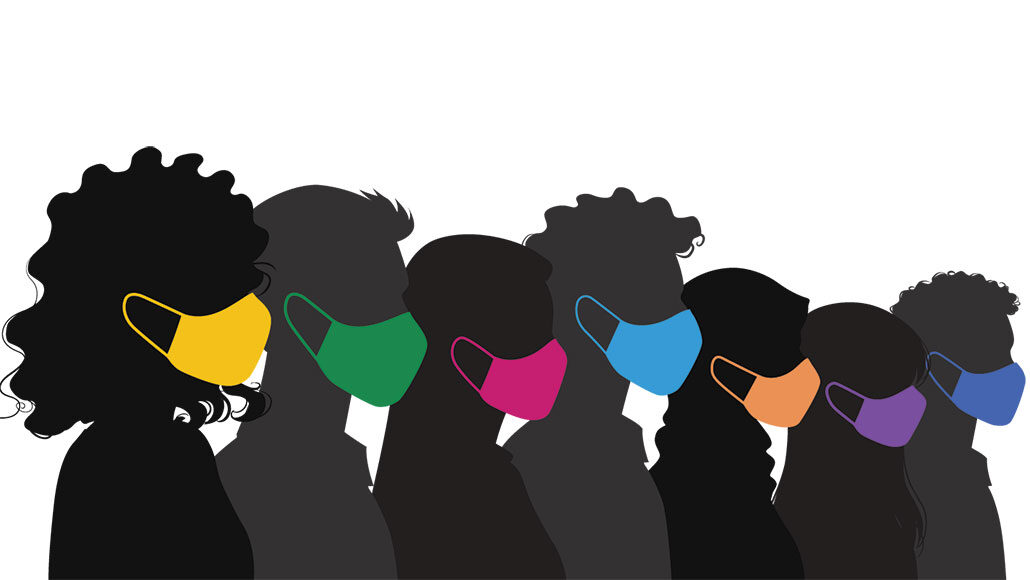HOME
Analyze This: Masks cut the distance that spit droplets fly

At this point in the COVID-19 pandemic, many people are tired of wearing masks. But masks really do help slash the distance virus-carrying spit flies, a new study finds.
“Early in the pandemic, we were all advised to be six feet away from each other,” says Kareem Ahmed. A mechanical and aerospace engineer, Ahmed studies how fluids such as air and water move. He works at the University of Central Florida in Orlando. “That was perplexing,” he says. When Ahmed and his colleagues observed a few individuals in the lab, they hadn’t seen saliva travel that far. And people vary in how far they send spit aerosols. These are the tiny droplets that move through the air when someone is coughing or talking.
The team set out to collect data that would suggest a safe distance for avoiding someone else’s spittle. The researchers measured the spit spray from the mouths of 14 people. In one set of experiments, each person spoke the same phrase: “The quick brown fox jumps over the lazy dog into a field of pretty playful perpetually purple pandas.” That phrase contains all letters of the alphabet. And those “puh”, “ple” and “per” sounds make big droplets that tend to fly farther. In a second set of experiments, each person coughed. Study participants coughed or spoke with three masking conditions: no mask, a single-layer cloth mask or a disposable surgical mask.
Explainer: What are aerosols?
The researchers shined a bright light where the people were speaking or coughing. That light bounced off the droplets, making their spread easier to see in video and images. The researchers also measured the size of the droplets. They compiled this data for all the participants and found that wearing a mask affected how far the droplets spread. Masks also reduced the total amount of aerosols that entered the air.
News Source